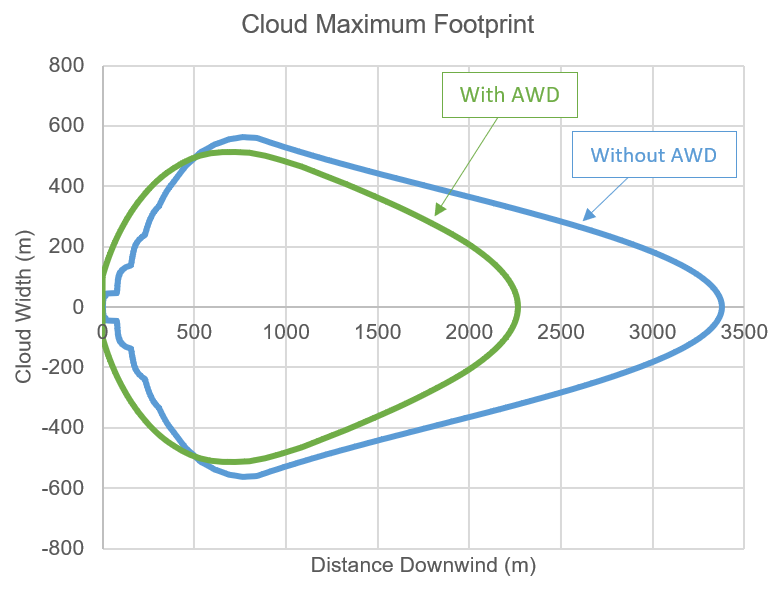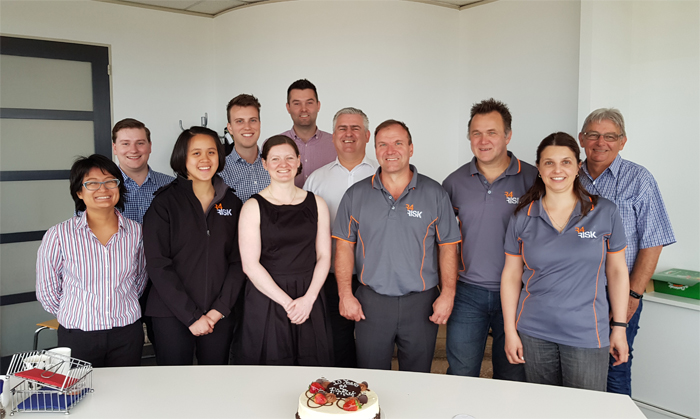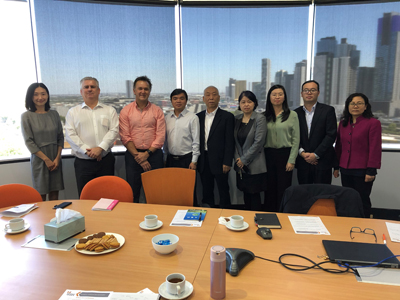Exploring New Capabilities of Phast and Safeti 8
At the end of 2017, DNV GL released the latest version of their process hazard analysis software, Phast and Safeti 8. Version 8 offers a range of model improvements, particularly with the inclusion of the new Along Wind Dispersion (AWD) method. The AWD method enhances the representation of cloud dispersion for short duration releases. R4Risk has already completed projects using Version 8 where the AWD method proved useful in determining the extent of the impacts for both toxic and flammable releases.
In previous versions, modelling of short duration releases followed a relatively simplistic approach that introduced discontinuities in the dispersion results. The approach generally underestimated the rate in which air became entrained in the cloud, as this only considered air entrainment from the sides of the cloud, and not from the front or rear of the cloud. This often resulted in the high estimated concentrations at given downwind locations. However, the AWD method eliminates this phenomenon by considering the impact of along wind interactions within the cloud.
R4Risk’s experience with using the AWD method within Version 8 has highlighted its usefulness. It has proven to be beneficial when examining short duration toxic releases to the low concentrations considered by commonly used toxic impact criteria. For example, Version 8 provides noticeably shorter estimates of downwind distances to toxic impact criteria than previous versions for the more stable atmospheric conditions. These differences are directly attributed to the AWD method’s improved representation of the atmospheric mixing that would be experienced during the dispersion of a vapour cloud. However, the model differences are less significant in less stable atmospheric conditions and for sustained continuous releases.
Recently, DNV GL released a minor update to Version 8, Phast and Safeti 8.1. In Version 8.1, modelling of the effects of isolation and blowdown valves is available. This means that R4Risk’s modelling can now incorporate how isolation and blowdown valves can mitigate the consequences of an accidental release.
Version 8.1 also provides other improvements associated with the following modelling activities:
- Continuous cloud representation for time-varying releases
- Toxic effects for materials with non-linear concentration-dose relationships
- Buried and long pipelines
- Instantaneous expansion
- Jet fires
- Flow control
- Warehouse fires
- Time-varying fireballs
These improvements to Phast and Safeti enable R4Risk to provide clients with the most up-to-date approaches when modelling the consequences of process hazards, and thus be in a more informed position in managing these hazards.
R4Risk provides a broad range of services in risk management and process safety. This includes the computer modelling of releases of toxic and flammable materials using the latest modelling tools. To discuss how R4Risk can assist your business, please contact our office or email [email protected].






